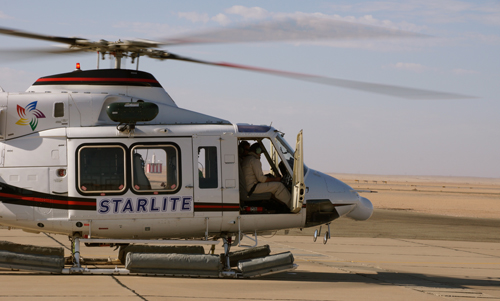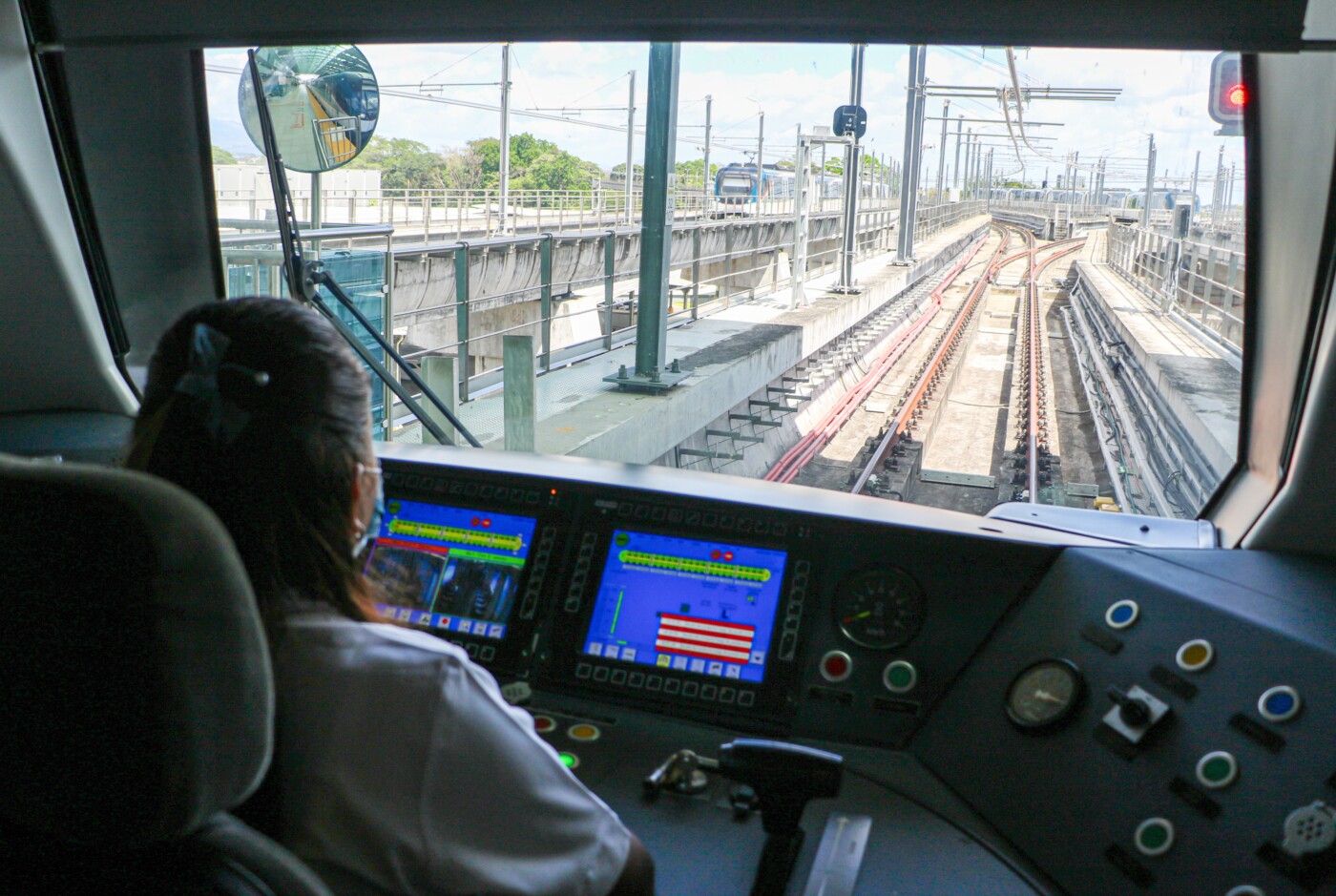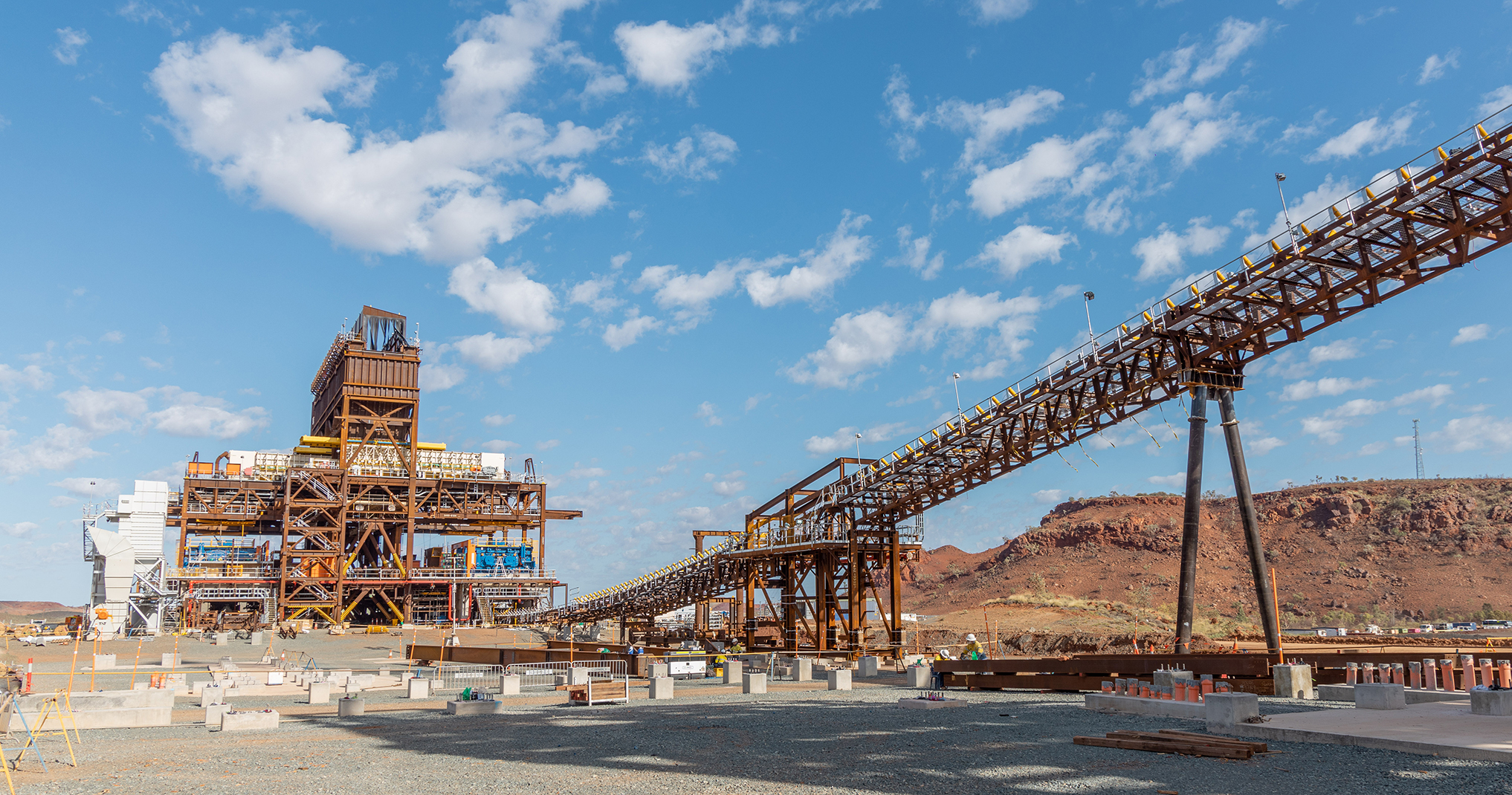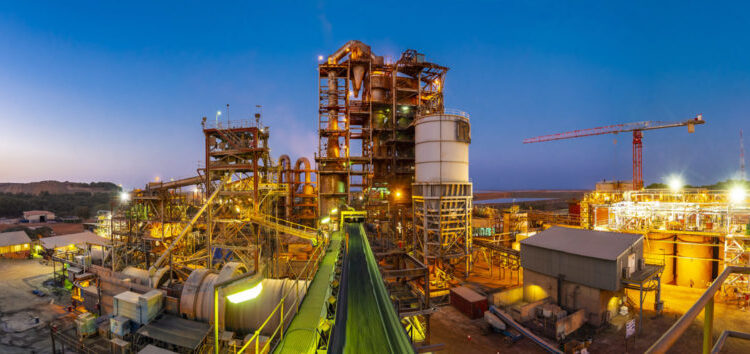
Sub-Saharan Africa is recognised as one of the world’s fastest growing regions and within it exists some of the continent's fastest growing countries including Mozambique, Uganda, Tanzania and Kenya. It is in these countries that large gas and oil finds are helping to push annual growth rates above ten percent per annum, a trend expected to continue this decade.
With such growth prevalent across the region it comes as no surprise to see both established and new businesses locally and internationally, flocking to the area in the hope of using their own unique skills to procure new clients and contracts.
One such business is the Starlite Aviation Group. “In addition to the work we have been carrying out over the last year in Namibia on the west coast of the continent, we have been making positive strides towards taking on additional contracts along the east coast,” explains Commercial Director, Dimmie De Milander. “During December 2013 and January 2014, we had three helicopters operating on two different contracts in Madagascar. We now intend on continuing to leverage the positive work we are doing on behalf of the offshore industry and the utilities market across Africa’s more prosperous regions.”
Established in South Africa in 1999, Starlite has experienced phenomenal growth to become a multi-faceted aviation business offering a range of helicopter services on a worldwide basis. Such services include relief contract work, oil and gas, passenger and cargo transport, helicopter sales and charter, maintenance and pilot training.
De Milander has been with the group since August 2007 and in that time has become an expert at what drives business and growth in the African markets in which Starlite operates.
“Without doubt, the success of numerous gas and oil campaigns off the coasts of Mozambique, Tanzania and Kenya have contributed significantly towards the economic expansion of the region,” he continues. “Virtually the entire east coast of Africa is fixed for long term growth, primarily due the higher quality of seismic data being collected across the region, the oil and gas reserves that continue to be found, advances in deep water drilling and of course the presence of stable governments. Accordingly, we have made considerable efforts to follow this growth, by acquiring both our Air Service Licence and Aircraft Operating Certificate in Tanzania, and establishing a permanent base for our operations in Dar es Salaam in order to improve our services to existing and potential clients in the country. Furthermore, we have formed a strategic alliance in Kenya with a local fixed wing operator, a partnership that puts us in a strong position to expand here as well.”
There is no question that Starlite possesses the vast majority of the intangibles needed to prosper in East Africa. The group’s standard of operations is at the level it needs to be. Safety and quality standards, of paramount importance to Starlite, have been audited by regulatory bodies, and its helicopter fleet is comparable to any of its competitors.
Nevertheless, a trend is emerging off the coasts of Mozambique, Tanzania and Kenya that up until now posed a challenge, and that is the fact that oil companies are being driven further out to sea to lay claim to vast deposits of oil and gas. This situation resulted in Starlite looking at expanding its fleet by investing in helicopters capable of travelling further offshore.
It is closer to home, however, that one will find what De Milander refers to as the crown jewel of the group, that being its International Aviation Training Academy. Since 2003, Starlite Training operated from its base at Virginia Airport, ten kilometres north of Durban, South Africa. In June 2011 the group relocated to what is now its primary training base in Mossel Bay, South Africa, on the Mossel Bay Air Field. The latter offers the perfect terrain and year-round good weather to provide future pilots with value-added training services.
The Training Academy offers training for helicopter aircrew, maintenance personnel and operational support staff to a level of competence commensurate with leading military and aviation safety standards. “Today our Academy is responsible for training the vast majority of sub-equatorial African air forces and police divisions,” De Milander says. “The Academy has trained pilots from the South African Air Force, the Botswana Police Air Wing, the Kenyan Police, Army and Air Force pilots, and the Namibian Police, as well as 19 students from Transnet and many civilians. Furthermore, we are in the process of finalising talks with Tanzanian clients and entering into fresh discussions with our partners in the UAE, whose Special Forces Pilots we have trained in the past. Needless to say, this area of the business is booming at present, and we put that down to the simple fact that we provide a consistently exceptional standard of training that is at the very least on par with any other provider globally.”
He continues, saying: “The Training Academy expanded its training to include a Fixed Wing Division, upgraded its fleet to include the Robinson R66, purchased to provide single turbine conversions. Furthermore, it introduced the Guimbal Cabri G2, to the training fleet and was the launch customer for Africa, of this stylish, safe, technologically advanced and comfortable helicopter for Africa. Always one step ahead of the market, the Academy took delivery of the JAR/EASA/SACAA approved Elite Evolution S723T FNPT II MCC simulator, based on the Eurocopter, AS-335 Twin Engine Helicopter. The fixed wing equivalent will be delivered in April 2014.”
While the success of the Training Academy is apparent, perhaps a less well publicised facet of the Starlite Group is its work with local communities and charities. De Milander is personally involved in outreach programmes, having completed a 500 kilometre cycle challenge back in October 2013 in order to raise money for PATCH – The Centre for Abused Women and Children.
He was also instrumental in Starlite’s monetary contribution to the Jodi Jackson School of Dance in Cape Town. Starlite plays an active role in the Reach for a Dream Foundation, turning the dreams of flying, of terminally ill patients, into a reality. Starlite supports and gives monetary contributions to the ‘Toy Story’ fund, Agro Bio (Pty) Ltd, a fund providing farming equipment and infrastructure support to farming projects and the Seed of Hope feeding scheme.
“Our philosophy has always been that, regardless of race, culture or creed, we remain ever mindful of those in need. If a community is seen to be struggling Starlite provides support and endeavours to do the very best to help,” De Milander enthuses. “The types of projects we have provided support to over the years have been extremely varied and have included supporting a foster care home in Durban, the development of young rugby players from poor backgrounds and donating money for equipment and gear for a local ballet school. Each project is deemed important and we take great pride in supporting the communities in which we serve, as best we can.”
Regarding Starlite’s business plans for 2014, the focus and strategy revolves around expanding operations to gain an even greater foothold in Africa’s more promising regions.
Starlite recently purchased and was the launch customer of the new Airbus AS333 C1e. The initial order of two of the aircraft has since been increased. This is part of Starlite Aviation’s fleet renewal and expansion program, with the rotorcraft joining an extensive helicopter fleet that currently includes twelve Airbus Helicopters SA330 Pumas.
The AS332 C1e offers versatility across a full range of utility missions, especially in hot-and-high environments, as well as missions requiring a small footprint while delivering a significant lift capability such as the vertical replenishment of ships and other offshore and onshore work.
Included in its standard equipment list is the four-axis autopilot and associated automatic flight control system from Airbus Helicopters’ EC225 Super Puma helicopter, which provides flight envelope protection, unrivalled precision, and stability in even the harshest operating conditions. If equipment or systems are required beyond the baseline definition, additional customisation can be provided by Airbus Helicopters and its wholly-owned Vector Aerospace Company, or the network of subsidiaries and approved partners.
“We are currently working tirelessly to secure multi-year contracts with clients working offshore in the oil and gas industry, in regions in Africa, which is an achievable goal with our existing fleet of aircraft. De Milander concludes. “At the same time we are proactive in pre-planning in our area of expertise in operations, by training our crew, technicians and maintenance staff on a new model of aircraft for the group, the AgustaWestland AW139. By providing training in the early stages, Starlite is ensuring that we create a situation where we have the finance available and manpower in place, for the purchase and operation of said aircraft. Furthermore, that will ensure that its integration into our fleet will be a rapid, efficient and smooth transition. This is just another example of how we are always looking to position ourselves perfectly for the next stage in our development.”
Written by Will Daynes, research by Jeff Abbott
DOWNLOAD
 Starlite-Africa-TLOG-May14-Bro-s.pdf
Starlite-Africa-TLOG-May14-Bro-s.pdf













